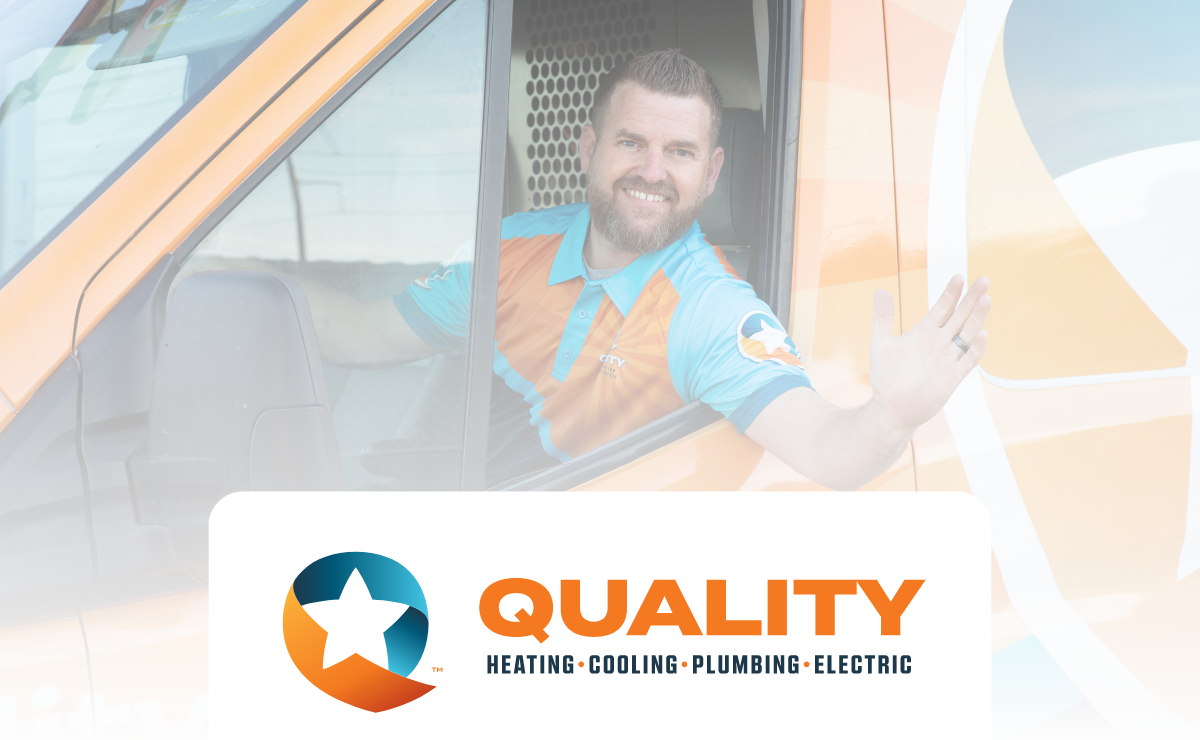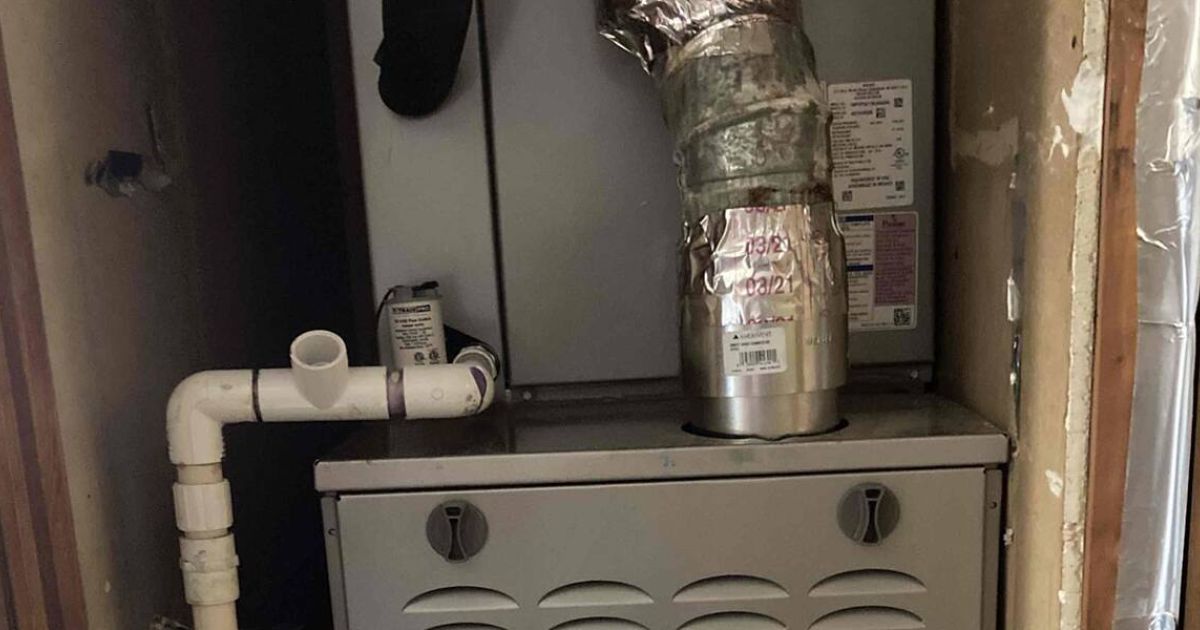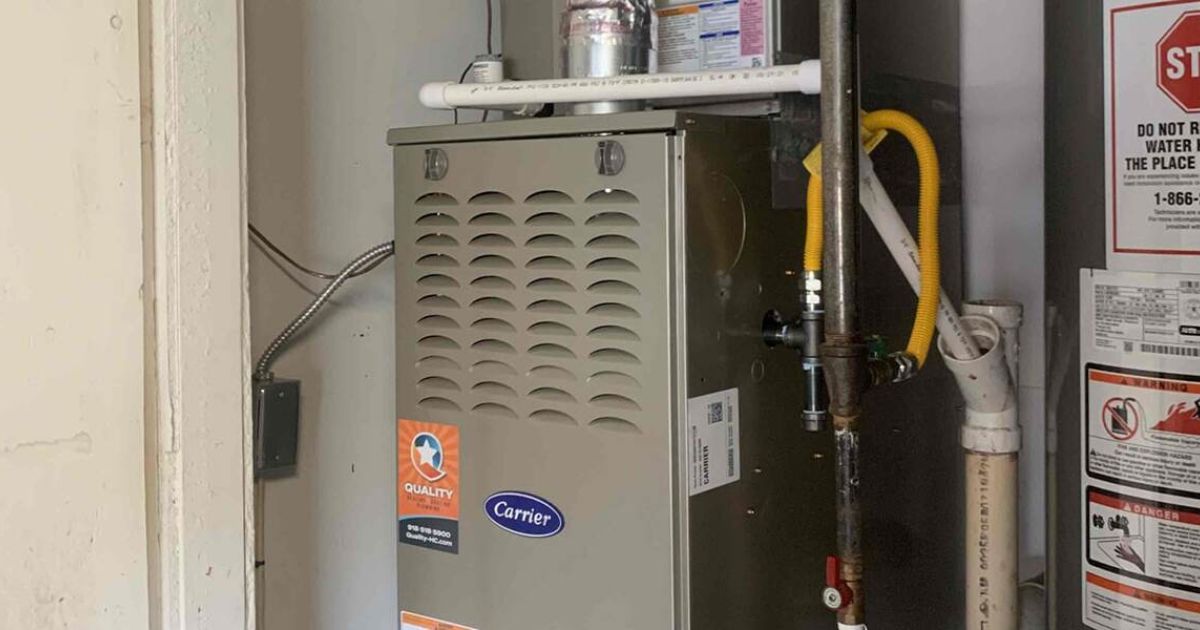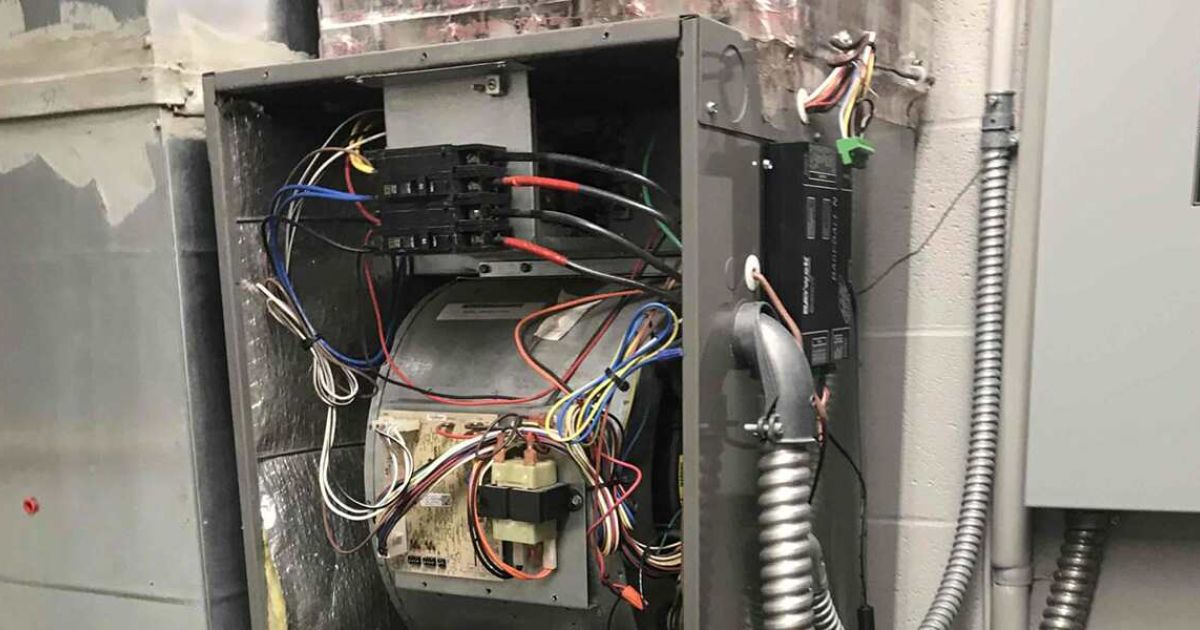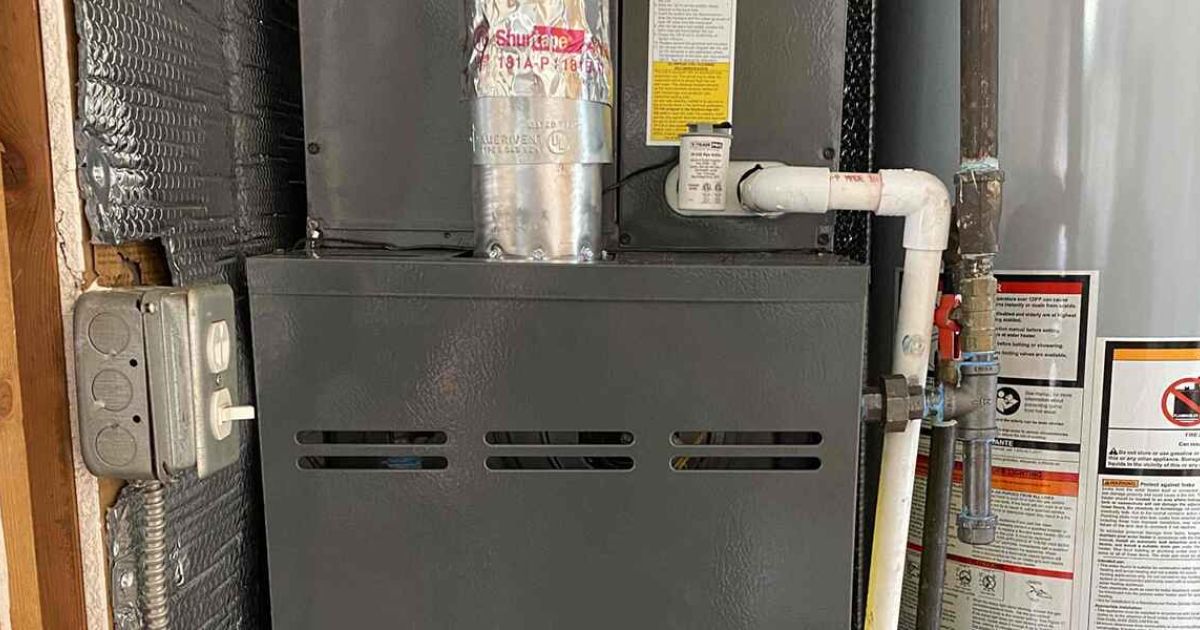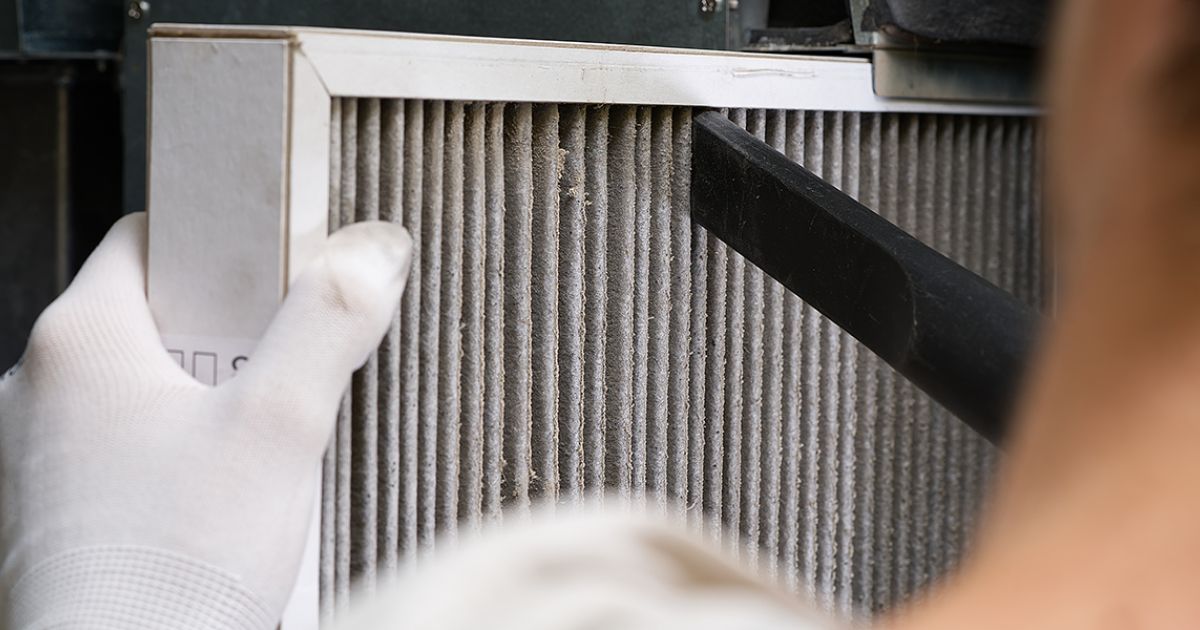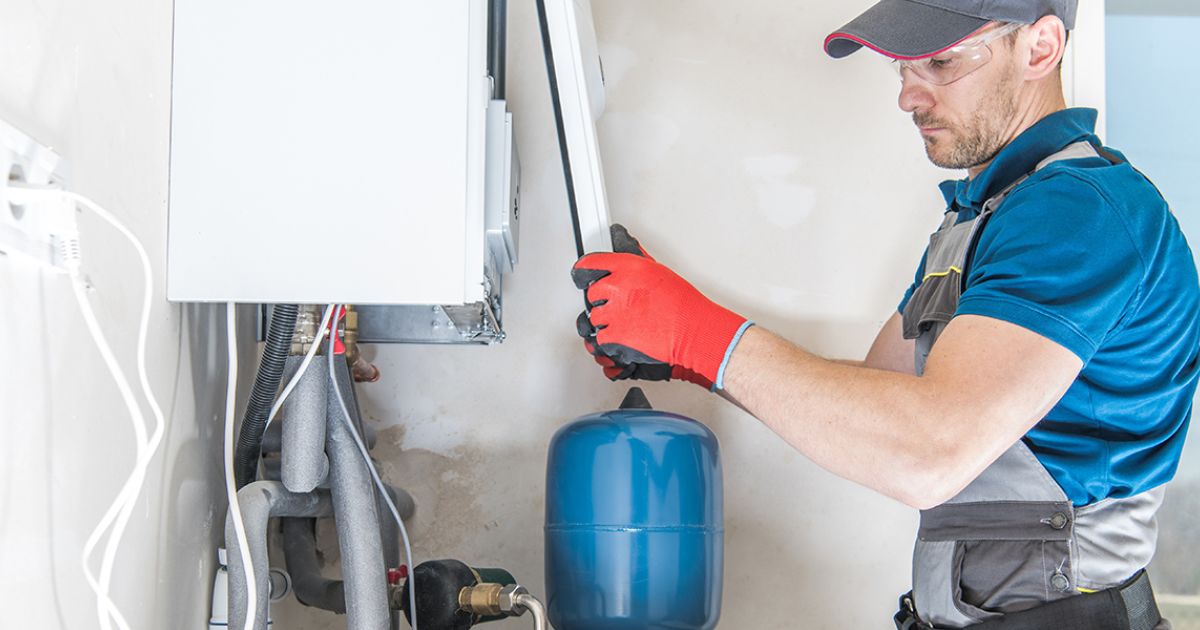HVAC units and their attached ductwork create prime spots for mold growth. These locations are often dark, moist, and generally unbothered by outside forces. And if the mold in HVAC units continues to grow and spread, it will create a nightmare of sickness and allergic reactions in everyone the harmful spores reach.
The only way to prevent mold in HVAC units from affecting you is to remove it and keep it from returning. Luckily, the best HVAC technicians in Bixby from Quality Heating, Cooling, and Plumbing can eliminate all mold growth from your HVAC unit and repair it to prevent more mold from developing.
However, you can take some steps on your own to identify harmful mold spores in your air ducts and HVAC system and slow down their growth.
What Causes Mold in HVAC Units?
The easiest way to keep mold out of your HVAC and ductwork is to learn what causes it to grow in the first place. Once you know the factors that make HVAC systems prone to mold growth, you can combat it with the right tools and services.
Humidity
Excess moisture is the leading cause of mold growth, and nothing produces indoor moisture as much as a humid environment.
Humidity results from external factors like temperature and the function of individual rooms and internal elements like a broken part. For example, mold will more likely grow in ductwork near the bathroom and kitchen since these rooms produce regular steam from the shower and dishwasher. However, mold can grow in ductwork in any part of your home if your HVAC has a broken evaporator coil.
Evaporator coils remove excess moisture from your HVAC and ductwork. So if these pieces break, any amount of moisture will linger in the area, producing mold and mildew as a result.
Clogged or Malfunctioning Vents
Ventilation, like evaporator coils, ensures that no moisture or humid air remains in the system to create mold in HVAC units.
You’ll often find vents like exhaust fans in your bathroom and oven hoods in your kitchen. If these vents break, clog, or can’t filter humid air out for whatever reason, that air will remain in the area, and mold will shortly follow.
How To Prevent Mold in HVAC Unit
Just because mold growth commonly occurs in HVAC systems doesn’t mean you can’t avoid it. With the right equipment upgrades and proactive monitoring and maintenance, you will prevent hidden mold in HVAC units from harming your health.
Air Filters
Installing an air filter on your HVAC unit’s return vent offers the easiest and most direct way to hinder mold from growing in the ductwork. For the best results, you will need a filter with a MERV 8 (or higher) rating. You will also need to replace it regularly to ensure its cleanliness and efficiency.
Whole-Home Air Purifiers and Dehumidifiers
Purifiers and dehumidifiers will prevent further mold growth and eliminate existing mold spores. In addition, they have other wellness benefits.
A dehumidifier will remove excess moisture from the air and make your home unsustainable for mold. Meanwhile, an air purifier will break down existing mildew and mold spores and fight against their return. These devices are also exceptional at creating easily breathable air and eliminating dust.
Improved Ventilation
Even if your ventilation system works without defects, dated ventilation loses effectiveness over time. So even if your oven hoods and exhaust fans run as intended, it might not be enough to prevent mold in your HVAC unit.
Swapping old ventilation units for energy recovery ventilators serves as one of the strongest upgrades you can make to keep out mold in HVAC units. These ventilators filter old air out of your home and swap it for fresh, outdoor air. Not only is the influx of fresh air a great way to get rid of mold, but it can also help you lower your energy bills by bringing hot or cold outdoor air into your house.
Regular Inspections and Maintenance
Air purification tools provide excellent lines of defense against mold growth, but they aren’t the definitive way to prevent it. To ensure no mold has slipped through your filters and ventilation, you need to inspect your HVAC unit and its equipment regularly.
Of course, HVAC maintenance and mold cleaning aren’t easy. Luckily, the HVAC cleaning and repair experts at Quality Heating, Cooling, and Plumbing are waiting to help whenever you need it.
How To Identify Mold in HVAC Unit
If you follow this guide, you will be able to quickly identify the presence of mold in your HVAC unit and take the necessary steps to remove it before it triggers serious illness.
Look in the Right Spots
Mold will grow anywhere in your HVAC system, but you will find it most commonly in the ductwork, drain pan, and indoor air conditioning unit. Inspect these areas regularly to monitor mold growth, especially if you’ve suffered repeated sickness in recent weeks.
Trust Your Senses
Mold and mildew have an unmistakable scent reminiscent of dirty gym clothes or a locker room. Check for mold in your HVAC unit if you detect a similar smell.
Be Skeptical of Allergies and Sickness
The telltale warning signs of mold include allergic reactions and repeated bouts of sickness. If these signs pop up more than usual, look for mold in your HVAC unit.
Maintaining a Healthy HVAC Unit
Even with the proper tools and regular maintenance, removing mold in HVAC units and keeping it from returning is challenging work. But you can count on professional cleaning services from Quality Heating, Cooling, and Plumbing to ensure proper and thorough cleaning.
Our team knows where to look for hidden black mold and mildew and has the tools and expertise needed to destroy every last mold spore. We can even repair parts or entire systems to ensure your HVAC unit remains mold-free for months after our cleaning.
It’s impossible to keep out mold in HVAC units without a thorough understanding of your home’s ductwork. Click here to learn the different types of ductwork and their intricacies. Or, call Quality Heating, Cooling, and Plumbing today at (918) 518-5900 to schedule a cleaning and have the professionals handle the demanding task for you.

Cassie Pound is the Vice President of Quality Heating, Cooling, Plumbing & Electric with locations in Tulsa, Glenpool, and Bartlesville, Oklahoma.

